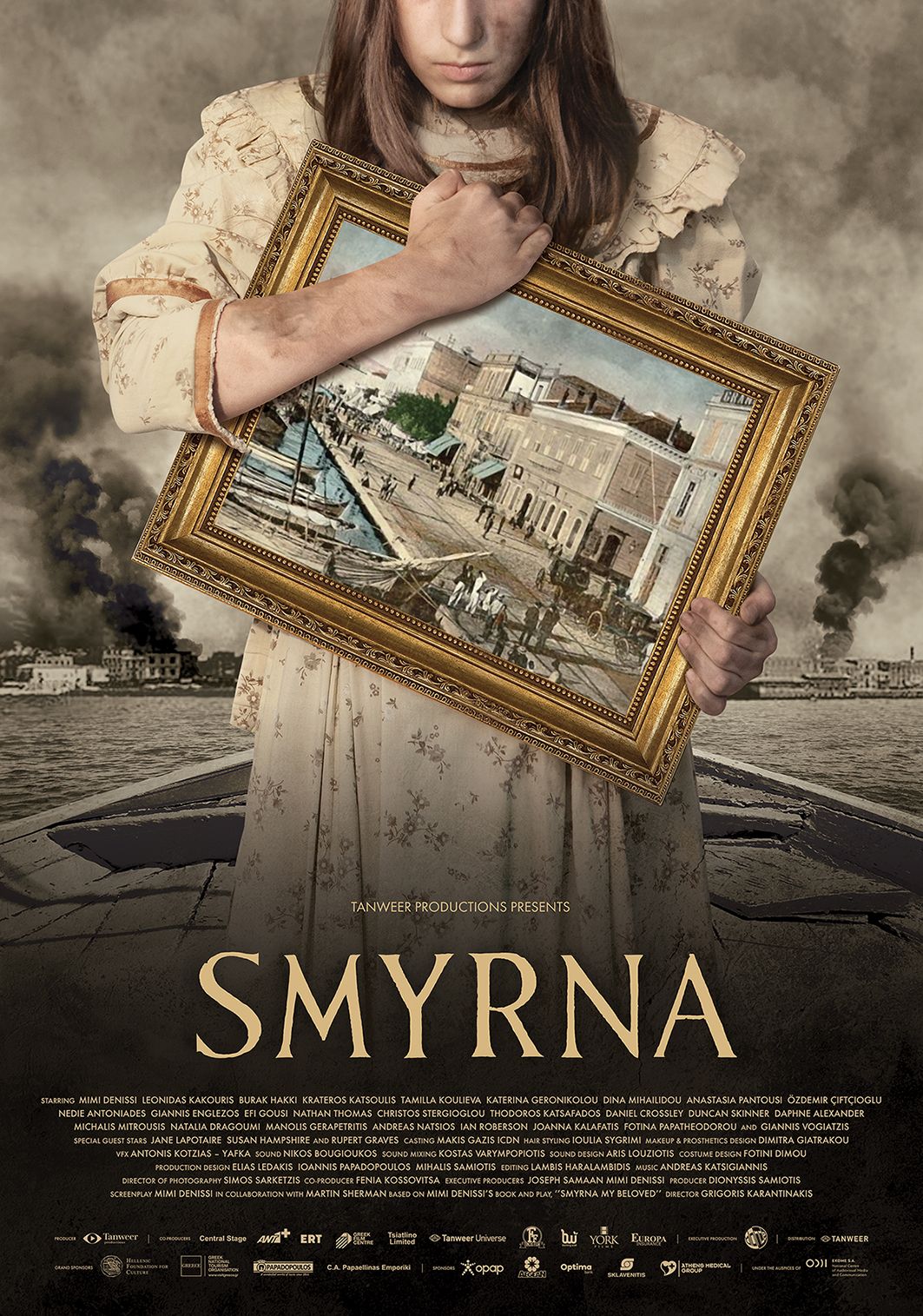présente
SMYRNE
jeudi 9 juin à 19h
Association gréco-suisse Jean-Gabriel Eynard
Association Hellénique de Genève
Association des Dames Grecques de Genève
Hellènes et Philhellènes de la Côte “Akti” (Nyon)
ACHETEZ VOS TICKETS EN LIGNE OU À LA CAISSE
ENTRÉE
ADULTES : 20 CHF
JEUNES (16 – 18 ANS) : 10 CHF
 |
|
||||||||||||||
|
Début du 20e siècle : Smyrne (aujourd’hui: Izmir) est une ville cosmopolite, la “perle de l’Orient”, avec une population majoritairement grecque, comprenant aussi des Turcs, des populations levantines, arméniennes, européennes importantes. En septembre 1922 survient la Catastrophe de Smyrne (Μικρασιατική Καταστροφή en grec). En une semaine, la majeure partie de la ville est détruite, plusieurs milliers de chrétiens d’Anatolie meurent. The historical incidents and facts that preceded and occurred during the occupation of Smyrna in 1922 by the Turkish army, including the massacre of the local Greek and Armenian population, are recounted through the lives of the Baltatzis family members. Every people has lost a homeland. Every people has its own “Smyrna”. SMYRNA is based on the acclaimed play by Mimi Denissi, that played every night for three years to sold out audiences in Athens. Τhe Greek theatrical event of the century has been reimagined as an extraordinary piece of cinema as it details the heartbreaking catastrophe that destroyed one of the greatest Levantine cities. It is a tragedy that resonates today; as the world is once again overwhelmed with the horrors of ethnic cleansing and images of law abiding citizens suddenly forced to become refugees. SMYRNA does not hide from the contemporary parallels, but looks them square in the eye and as it details the intertwining political, personal and cultural events that shaped the fate of this great Ionian metropolis.It becomes a film of epic sweep and grandeur combined with intense personal humanity.The great Asia Minor city of Smyrna was recreated for the film in the largest set ever built in Greece, occupyingmany city blocks in Faliro, a waterfront suburb of Athens. The Sporting Club, the Opera, various cafes, shops and official buildings were constructed as exact copies of theoriginals. Smyrna’s waterfront was meticulously reconstructed and many ships of the era were deployed to the set to augment authenticity. And then, in the last week of filming, the rebuilt city of Smyrna was, like the original, burnt to the ground. |
|||||||||||||||

